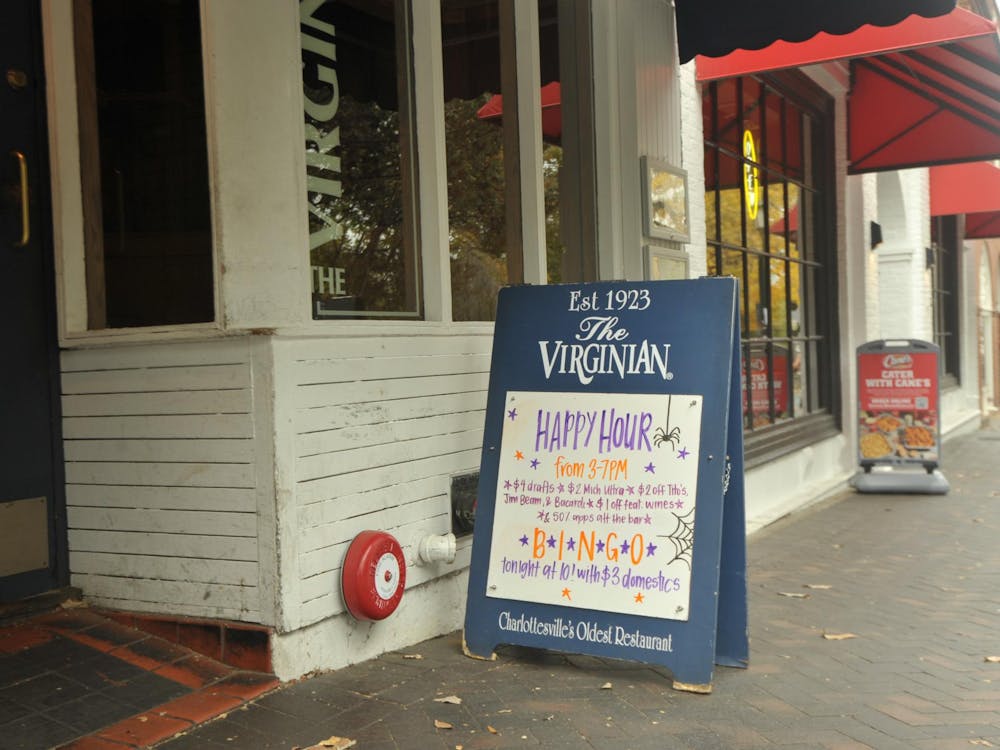The percentage of under-represented minority students in University graduate and professional schools falls well below that of peer institutions, according to a report presented to the Educational Policy Committee of the Board of Visitors Friday.
The report from the University-Wide Recruitment Initiative Task Force, led by Provost Gene Block and Vice President for Research and Graduate Studies R. Ariel Gomez, found that in the fall of 2002, under-represented minority students -- African Americans, Asian Americans, Hispanic Americans and Native Americans -- comprised 12 percent of the University graduate and first-year professional studies population, placing the University near the bottom third of 61 included schools. At the University of California-Berkeley, on the other hand, that figure is 24 percent, the third-highest ratio among those surveyed.
Peter Brunjes, Assistant College Dean for Graduate Programs and Research, said many factors contribute to these statistics, which do not necessarily indicate that the University is at fault.
"I think there's a small pool of minority graduate students," he said. "We could do better if we could induce more to come here."
Because many other institutions have unified minority recruiting programs, Brunjes said, they tend to recruit more underrepresented students. Currently, minority recruiting offices at the University operate autonomously within the school they represent.
University Senior Vice President William Harman, who presented the report, called the schools "uneven" in their under-represented populations and said a coordinated effort is necessary to provide consistency in minority recruitment.
Some graduate and professional schools within the University fared better than others in the report. The College of Arts and Sciences, the most diverse school, has approximately 12 times the ratio of under-represented minorities as the Schools of Architecture and Nursing, which are the least diverse.
The College of Arts and Sciences currently awards between 5 and 6 endowed graduate fellowships every year, Brunjes said, far less than the number many private schools offer. Because the University is state-funded, it also is able to channel some of that money toward providing 40 additional fellowships, though the combined total remains far less than the 100 fellowships offered at Stanford, he added.
"In general our graduate fellowship programs have less money than a lot of other places," he said.
A key component of the University's next capital campaign, already in the planning stages, will be to increase funding for graduate student scholarships, said Board education committee member Terence Ross.
"At the end of the day, the BOV has to make sure [the money] is there," he said.
Still, Ross said he is not convinced that throwing money at minority graduate students will necessarily solve the problem, adding that the report did not provide a concrete explanation for low recruitment rates.
"If you want to fix a problem, you have to know why it exists," he said.
In addition to detailing the University's current minority population status, the report outlined eight recommendations to increase the number of under-represented students that apply to graduate and professional programs, including an increase in financial aid and the creation of a centralized administrative function for recruiting.
Despite these proposals, Board education committee member Syd Dorsey said the report did not go far enough in establishing a clear course of action.
"I'm not sure we have a well laid out game plan," she said. "I think there need to be actionable items."






